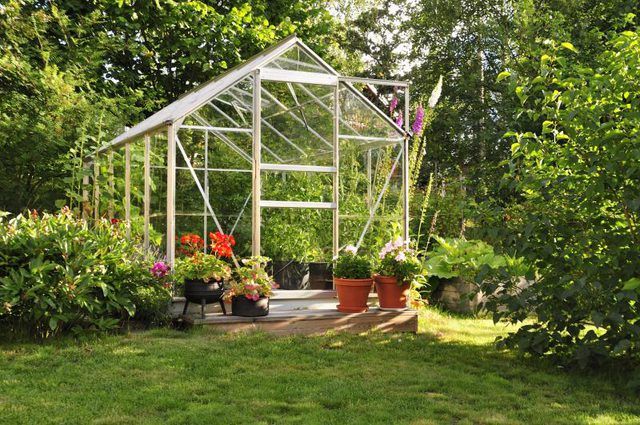Bulbs
Flower Basics
Flower Beds & Specialty Gardens
Flower Garden
Garden Furniture
Garden Gnomes
Garden Seeds
Garden Sheds
Garden Statues
Garden Tools & Supplies
Gardening Basics
Green & Organic
Groundcovers & Vines
Growing Annuals
Growing Basil
Growing Beans
Growing Berries
Growing Blueberries
Growing Cactus
Growing Corn
Growing Cotton
Growing Edibles
Growing Flowers
Growing Garlic
Growing Grapes
Growing Grass
Growing Herbs
Growing Jasmine
Growing Mint
Growing Mushrooms
Orchids
Growing Peanuts
Growing Perennials
Growing Plants
Growing Rosemary
Growing Roses
Growing Strawberries
Growing Sunflowers
Growing Thyme
Growing Tomatoes
Growing Tulips
Growing Vegetables
Herb Basics
Herb Garden
Indoor Growing
Landscaping Basics
Landscaping Patios
Landscaping Plants
Landscaping Shrubs
Landscaping Trees
Landscaping Walks & Pathways
Lawn Basics
Lawn Maintenance
Lawn Mowers
Lawn Ornaments
Lawn Planting
Lawn Tools
Outdoor Growing
Overall Landscape Planning
Pests, Weeds & Problems
Plant Basics
Rock Garden
Rose Garden
Shrubs
Soil
Specialty Gardens
Trees
Vegetable Garden
Yard Maintenance
How to Seal Your Greenhouse
How to Seal Your Greenhouse. Cold or stormy weather can wreak havoc in a greenhouse that isn't properly sealed. Cracks around areas such as doors, electrical panels and foundations make it difficult to maintain the right temperature in the greenhouse, but sealing these areas helps ensure the plants thrive in the correct levels of heat and humidity.

Cold or stormy weather can wreak havoc in a greenhouse that isn't properly sealed. Cracks around areas such as doors, electrical panels and foundations make it difficult to maintain the right temperature in the greenhouse, but sealing these areas helps ensure the plants thrive in the correct levels of heat and humidity.
Sealing Around Panels
Where polycarbonate panels connect to the frame, the two different types of material might not make a tight seal. This leaves tiny spaces around every panel. Working together, these tiny spaces can enable large amounts of air to pass through. Solve this problem by using glazing or foil tape around the panel edges. Remove the panels, apply the product to the panel edges, and then put the panels back in place.
Correcting Small Cracks
As building materials shrink and expand in changing weather conditions, small cracks might appear in areas such as the outside of doorframes or where the greenhouse frame meets the foundation. Silicone caulk seals these small cracks quickly. It works with various materials and effectively closes cracks between the wooden frame and the concrete floor. Silicone caulk lasts several years and withstands the heat and humidity found in greenhouses better than other types of caulk, such as latex.
Keeping Doors and Vents Sealed
Doors and vents allow valuable fresh air into the greenhouse, but they should only do so under the owner's control. Cracks around the edges can disrupt the careful balance of temperature and humidity inside the greenhouse when the owner doesn't want air to enter or escape. Installing foam tape around the edges creates a tight seal around the doors and vents when they're closed without keeping them permanently closed the way caulk would.
Foaming It Up
Caulk doesn't work well on larger cracks, such as those 1/2-inch wide or bigger. These openings often appear in areas such as where the frame meets the foundation or around pipes and electrical boxes. Expandable foam, usually dispensed from aerosol cans, seals these large cracks. The foam flexes as the materials expand and contract, so it should not need replacing every year.